In this wonderful course by MZed, Philip Bloom helps photographers to become professional filmmakers. The course is composed of seven and a half hours of fascinating yet straightforward educational content, which includes almost all aspects of video making. Filmmaking for Photographers will grant you a vast amount of knowledge and inspiration. Read our review below.
The democratization of filmmaking
I remember back in the days when still camera manufacturers have started to develop and improve the video capabilities of their products. It was absolutely groundbreaking as the footage looked gorgeous. The ability to shoot videos from large sensors transformed a $1,000 still camera to a $100,000 film cinema camera, as the imagery was so cinematic that it reminded us of Hollywood film. Then came the tools that made it even more polished and professional like FIlmConvert, Magic Bullet, and more. In my opinion, the tipping point was when Shane Hurlbut ASC shot a Hollywood movie (Act of Valor) on the Canon 5D Mark II as the primary camera. From that point, photographers started to ingest and understand the fact that they have a powerful filmmaking tool right in their hands.
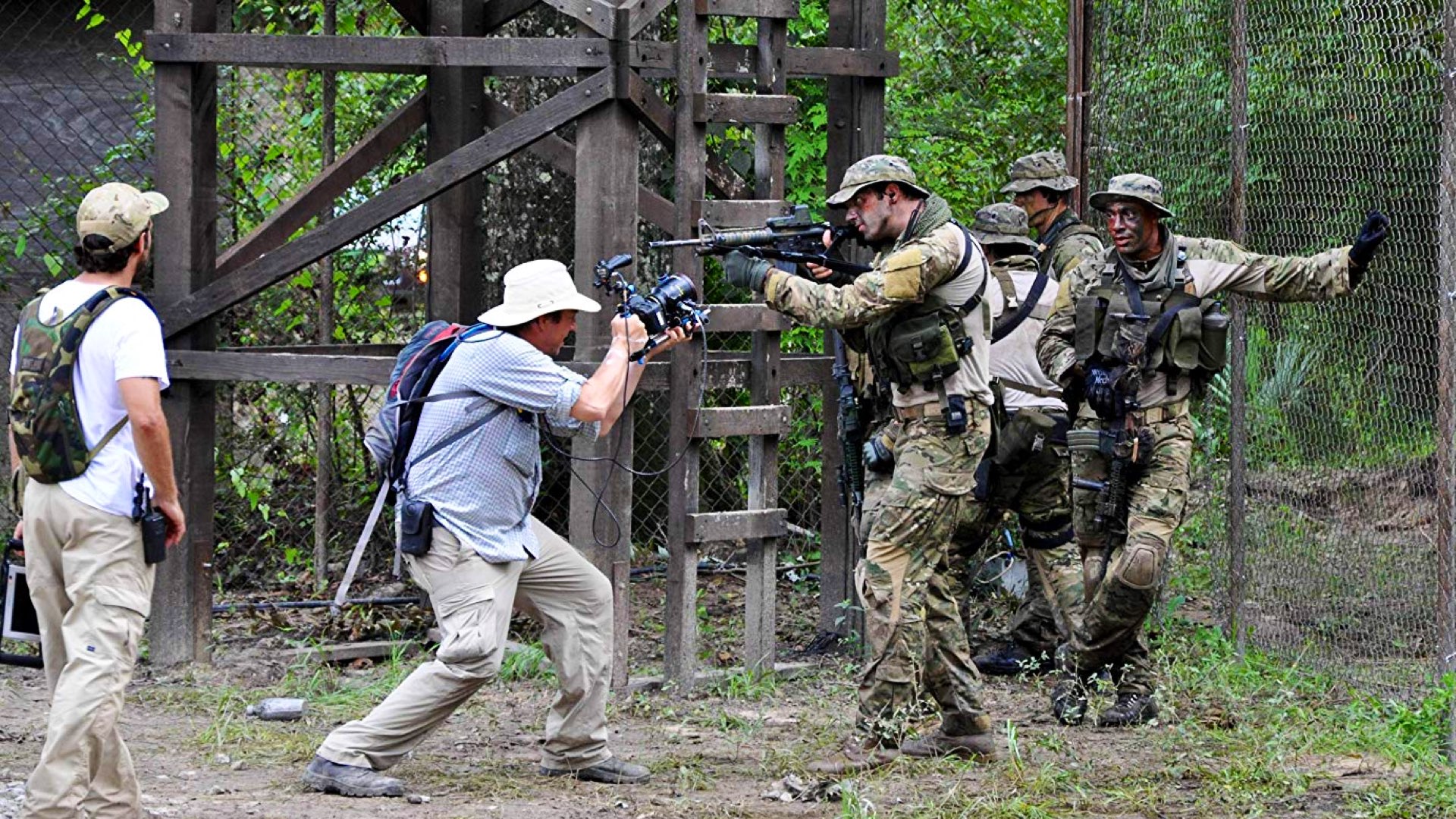
The tipping point was when Shane Hurlbut ASC shot a Hollywood movie (Act of Valor) on the Canon 5D Mark II as the primary camera. From that point, photographers started to ingest and understand the fact that they have a powerful filmmaking tool right in their hands.
Furthermore, still-camera manufacturers have continued to improve and sharpen the video capabilities of their cameras, making them impressive filmmaking machines – from still cameras that shoot videos to video cameras that shoot stills. Magic Lantern team also helped to push the boundaries even more, by allowing RAW video output from a camera that was dedicated to making pictures. That revolution (and evolution) is being continued until today. High-end still cameras are capable of shooting high-end videos. However, in order to utilize correctly still cameras to shoot videos professionally, vast and relevant knowledge must be acquired. Fortunately, Philip Bloom has accurately stitched this MZed course for photographers who are eager to become filmmakers.
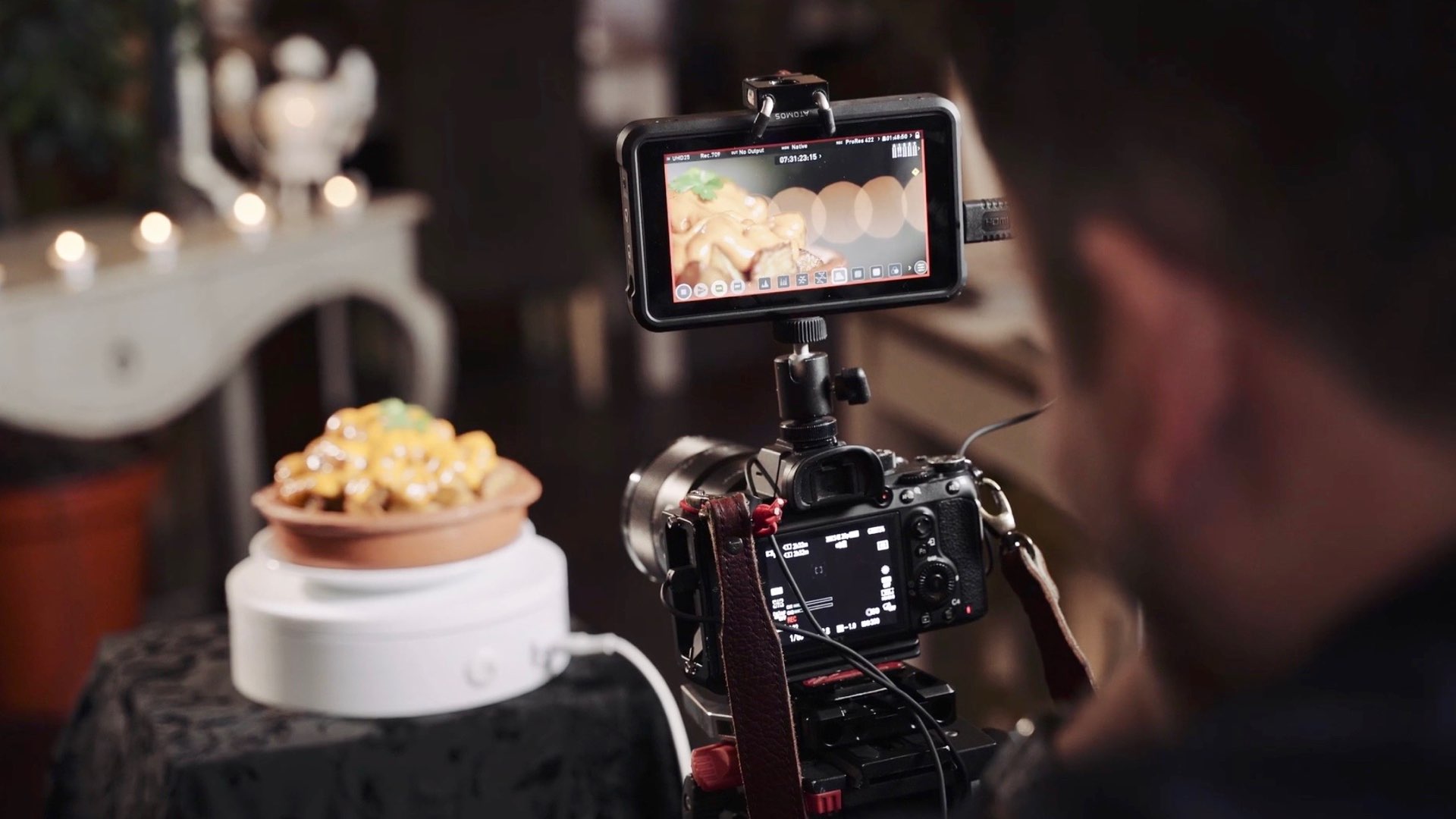
The course includes the appropriate topics and methodologies that a photographer must take into consideration to create the story in motion (camera setup, composition, sound, editing, and more fundamental knowledge)
Filmmaking for photographers
MZed, which is an educational platform for creatives, defines this course as “The ultimate guide to making the jump from telling a story in a single frame to telling a story over time and space.” MZed claims that “This course is aimed at established photographers, but includes new techniques, practice, and workflows that make it equally relevant to filmmakers alike.” After watching all the sections, I can confirm that the mission accomplished. That is the place for photographers who desire to use their cameras to shoot professional videos. The course includes the appropriate topics and methodologies that a photographer must take into consideration to create the story in motion (camera setup, composition, sound, editing, and more fundamental knowledge). However, it’s important to emphasize that this is not a software dedicated course. Although Philip uses Premiere as the primary NLE (Non-Linear Editor), you will understand the concept behind it. In case you’d like to know how to edit on Premiere or how to grade on DaVinci, there are other options (for instance, check out Ollie’s color grading course, which we reviewed here).
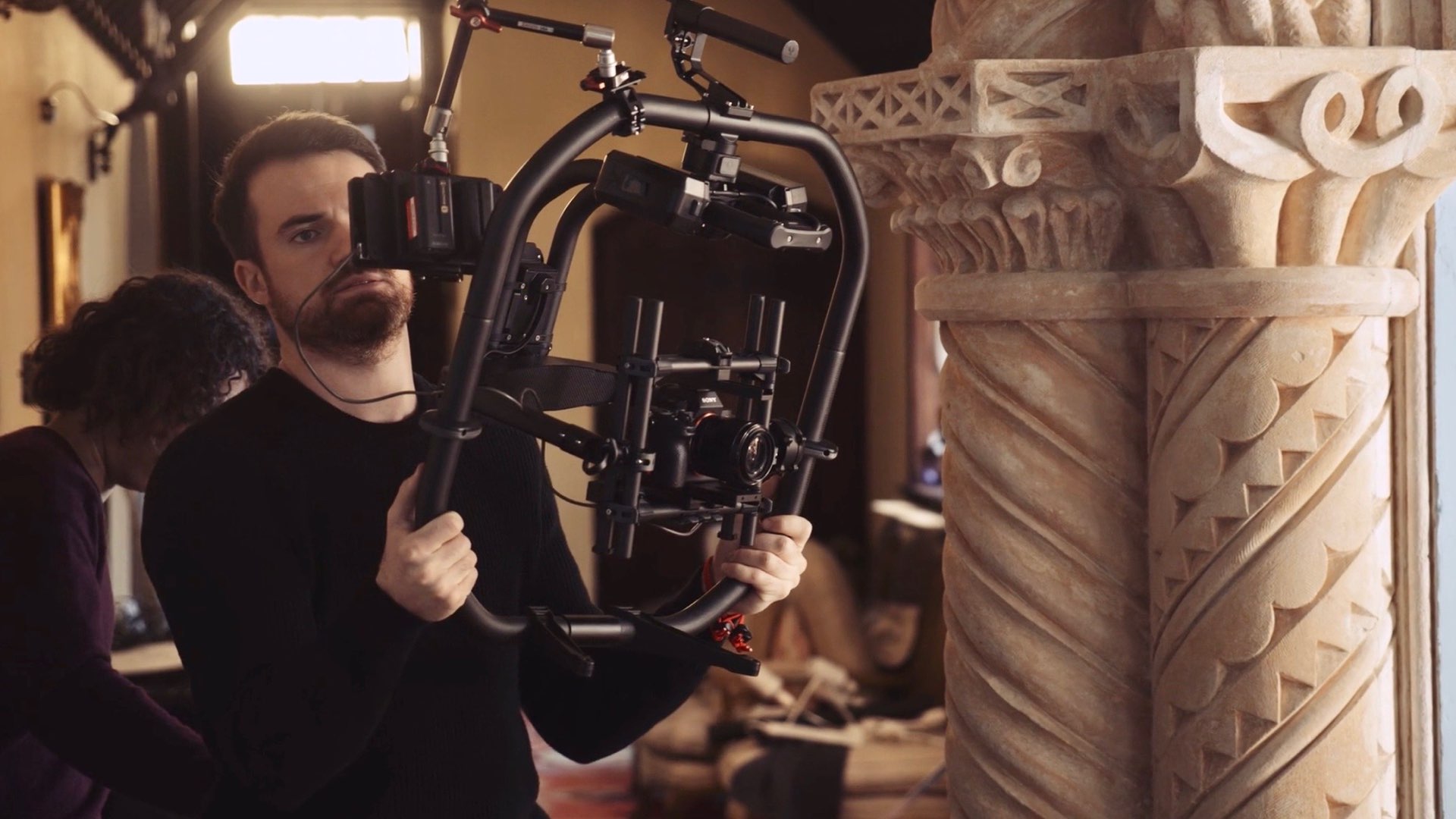
I don’t claim that this isn’t a technical course since it is, but most of it is dedicated to the conceptual approach that photographers should implement and embrace when they want to tell their stories in videos. One of the best examples is when Philip demonstrates an actual project from the beginning to the end (a commercial video for a restaurant). In that case, we are earned to explore the process as a whole and from scratch, including the challenges, difficulties, creative struggle in almost all phases in the creation process, from production to post. That is a real privilege in filmmaking that is crucial to recognize – the ability to make mistakes and learn from them to avoid them in the future and improve on the next project). This course is a reference for how to become better as an independent content creator.
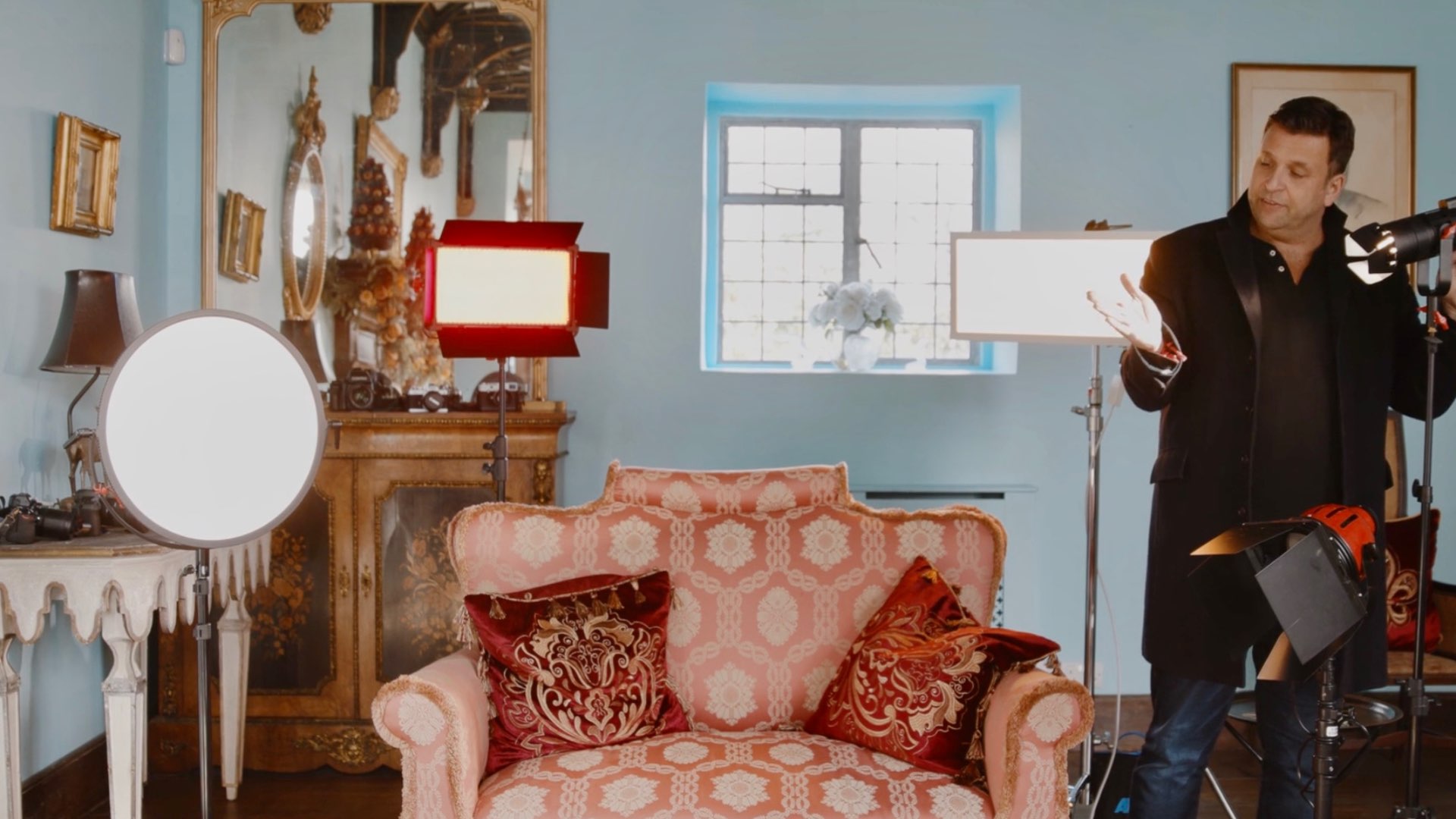
The educator
Philip Bloom is a world-renowned filmmaker who has shot feature film, factual news, and documentary. With a career spanning more than three decades, the past ten years have seen him specialize in creating incredible cinematic images with a myriad of cameras. I first saw Philip on 2011 Zacuto’s cameras shootout (if I’m not mistaken), when still cameras were compared to Hollywood cinema cameras. The Canon 7D stood up against ARRI’s film cameras, which was pretty fascinating to discover.
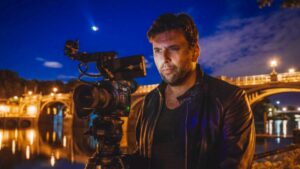
The course
Check out the topics of the course below:
- Audio: in-depth look at the various types of microphones and recorders and demystify polar patterns to help you get the best sound possible for any location.
- Light: Philip explores light and the different approaches for filmmaking, exterior, and interiors. He demonstrates how to film people and the light challenges when we introduce movement.
- Movement: Different styles of movement, from basic handheld to gimbals, as well as movement within the frame. The result of lens choice and angle and composition on movement. Framing choices and the 180-degree rule. Finally, executing a one-shot sequence.
- Sequences: Learn how editing starts before we even begin filming (Shoot for the Edit concept) and follow Philip to see his process as he creates various sequences.
- Story and Narrative: In this episode, Philip puts it all into practice in real-world situations, showing how he ties all the previous lessons together to make both a promotional video for private accommodation and then a commercial piece for a restaurant.
- Post Production: In this episode, Philip takes us through key post steps such as preparing and organizing footage, pacing, and timing in editing and working with audio, music, and color, as well as general tips and tricks, to get the best possible results.
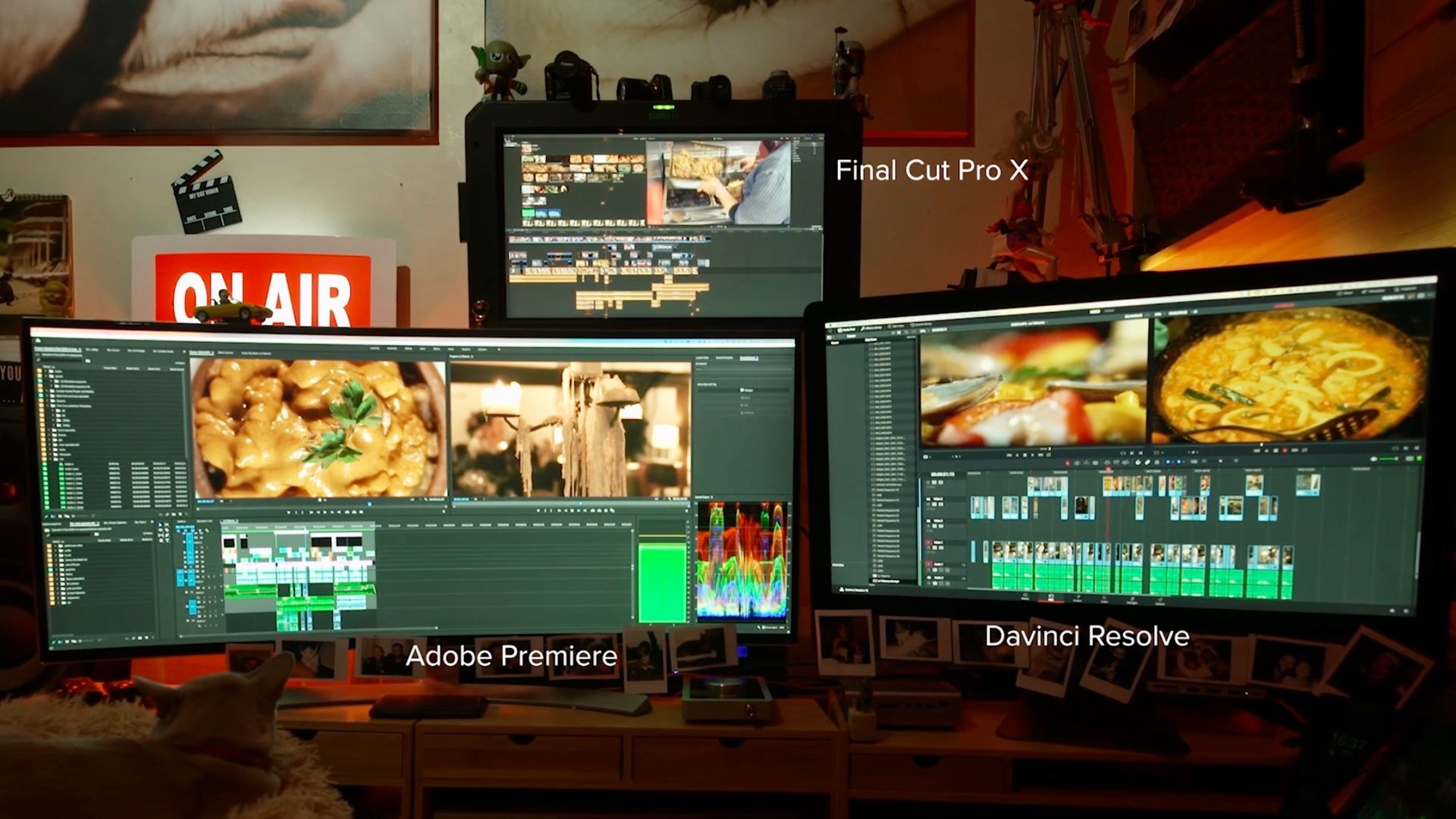
we are earned to explore the process as a whole and from scratch, including the challenges, difficulties, creative struggle in almost all phases in the creation process, from production to post.
Final thoughts
In photography, everything depends on that single image. However, in the video, every second, we have 24 images. I once heard that filmmakers who came from the photography world are characterized by their meticulous vision that leads to a high level of creativity. However, there are significant differences between the two since filmmakers must have a solid base of extensive knowledge regarding other disciplines like sound design, editing, and storytelling. For instance, one of the most significant differences between photography and video is the amount of time you spend in post-production. Editing video can be very time-intensive, even for experienced filmmakers. Nevertheless, these are the exact things the course attacks and covers, even for experienced filmmakers. Furthermore, Filmmaking for Photographers is the perfect course for those who don’t want to invest a ton of cash in cinema equipment but want to start from an affordable and modest camera kit, but on the other hand, produce and deliver stunning professional results.
Click here to get to the course page.


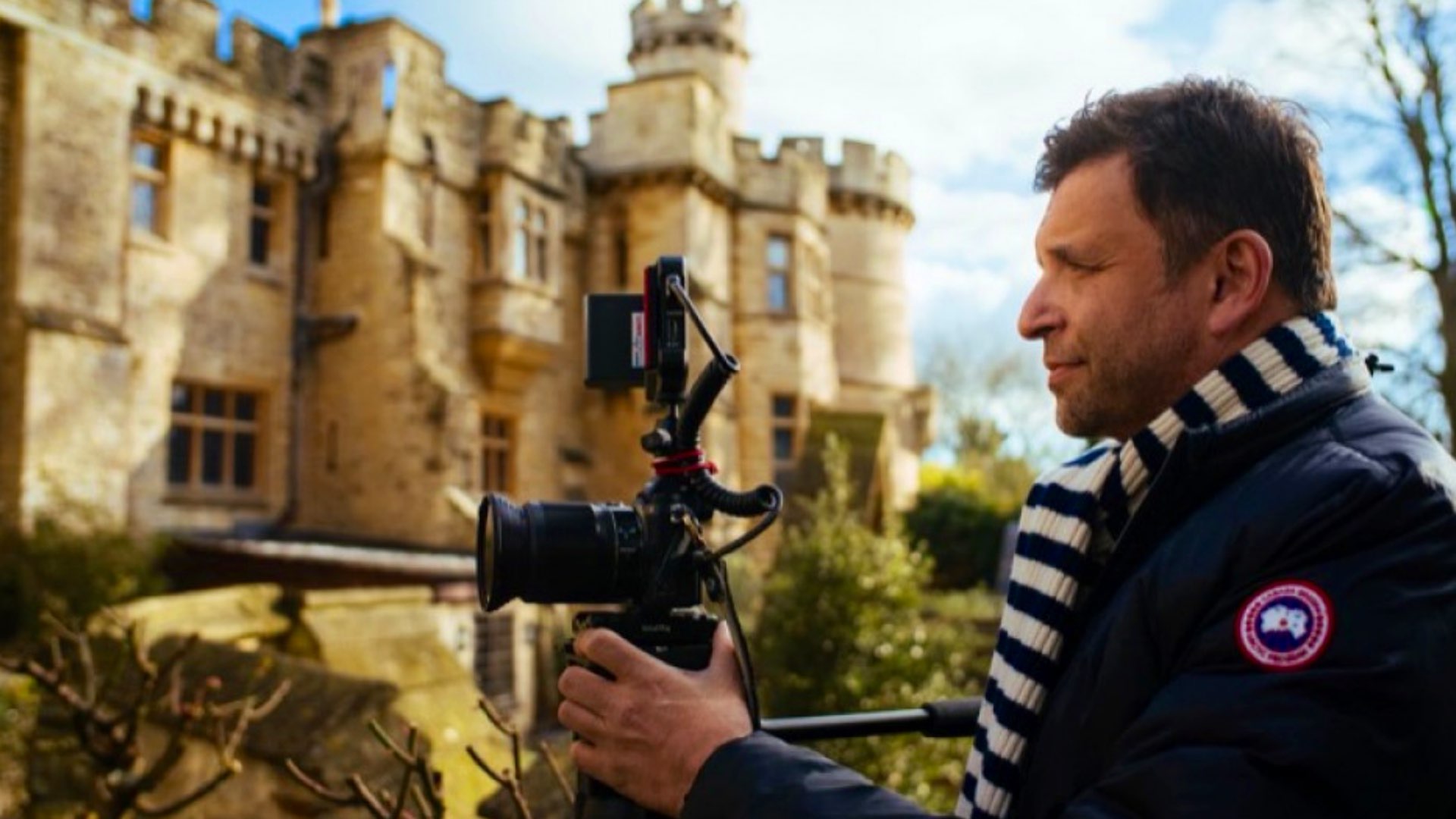




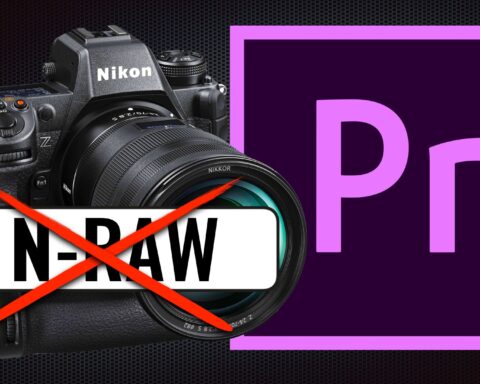
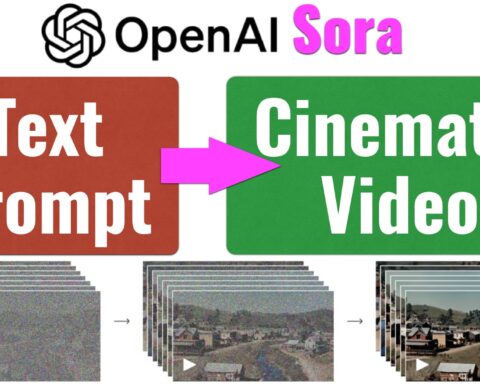

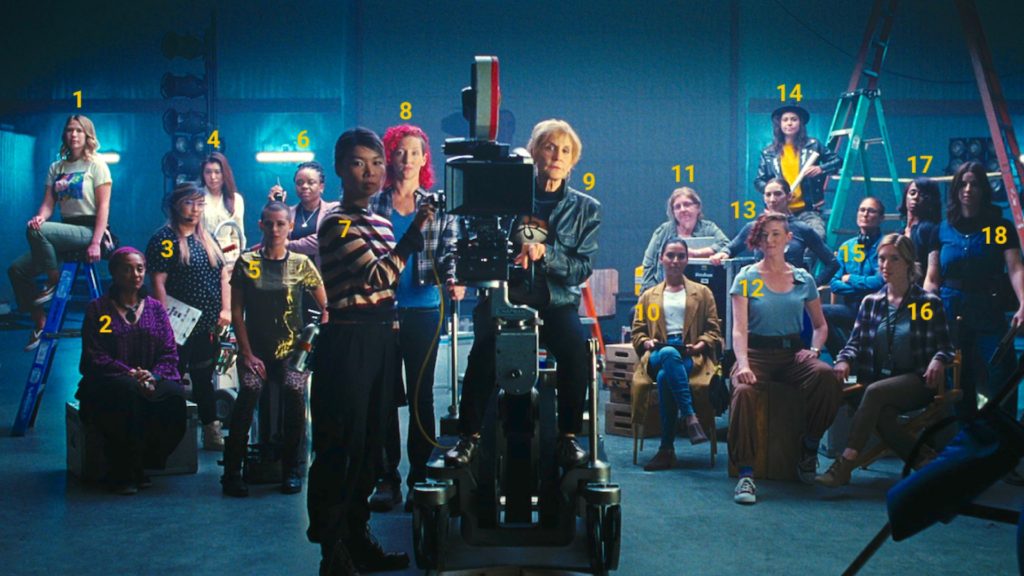
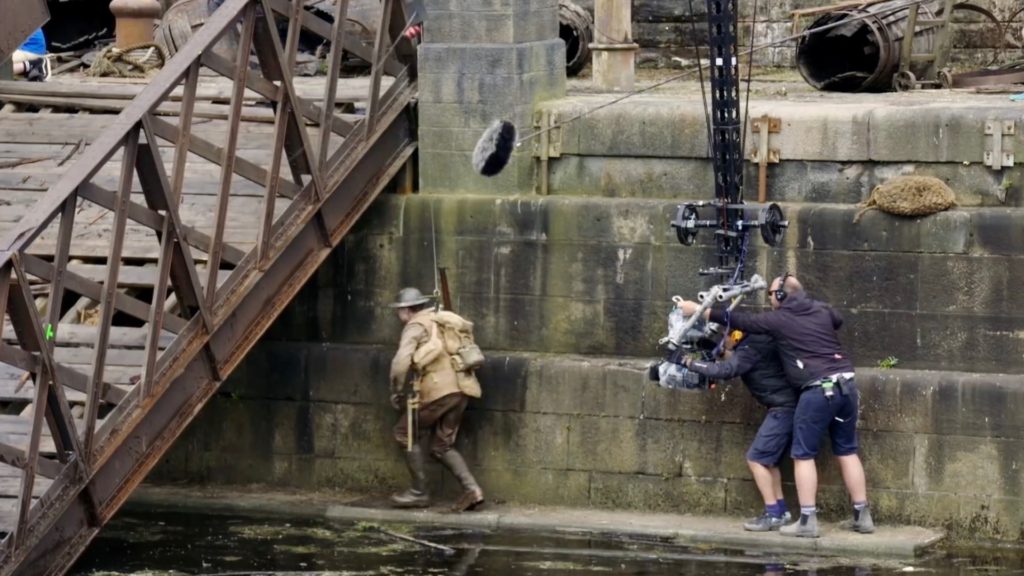





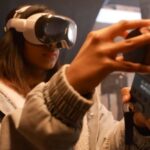

[…] is “Act of Valor” that was shot on the Canon 5D Mark II. He helped to initiate the DSLR revolution. From then, he focuses on inspiring and educating filmmakers. Do not miss the opportunity to chat […]
[…] In this wonderful course, Philip Bloom helps photographers to become professional filmmakers. The course is composed of seven and a half hours of fascinating yet straightforward educational content, which includes almost all aspects of video making. Filmmaking for Photographers will grant you a vast amount of knowledge and inspiration. Click for our review. […]